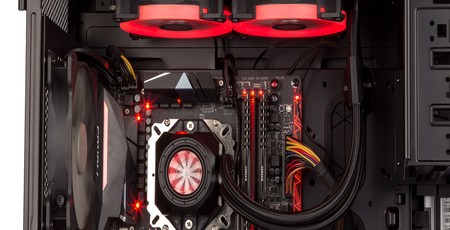
Manufacturer: Raijintek
UK price (as reviewed): £89.99 (inc. VAT)
US price (as reviewed): $114.99 (exc. tax)
It's not easy to innovate in the all-in-one liquid-cooler market, but the Orcus 240 from Raijintek certainly caught our eye with its feature list: RGB fans and pump, flow rate and coolant monitoring, the ability to refill it, and a pump integrated into the tubing rather then the water block. We were intrigued, especially when we noticed it costs £90, and users can even buy the core cooler without fans for £70, which we definitely think is a trend more should follow.
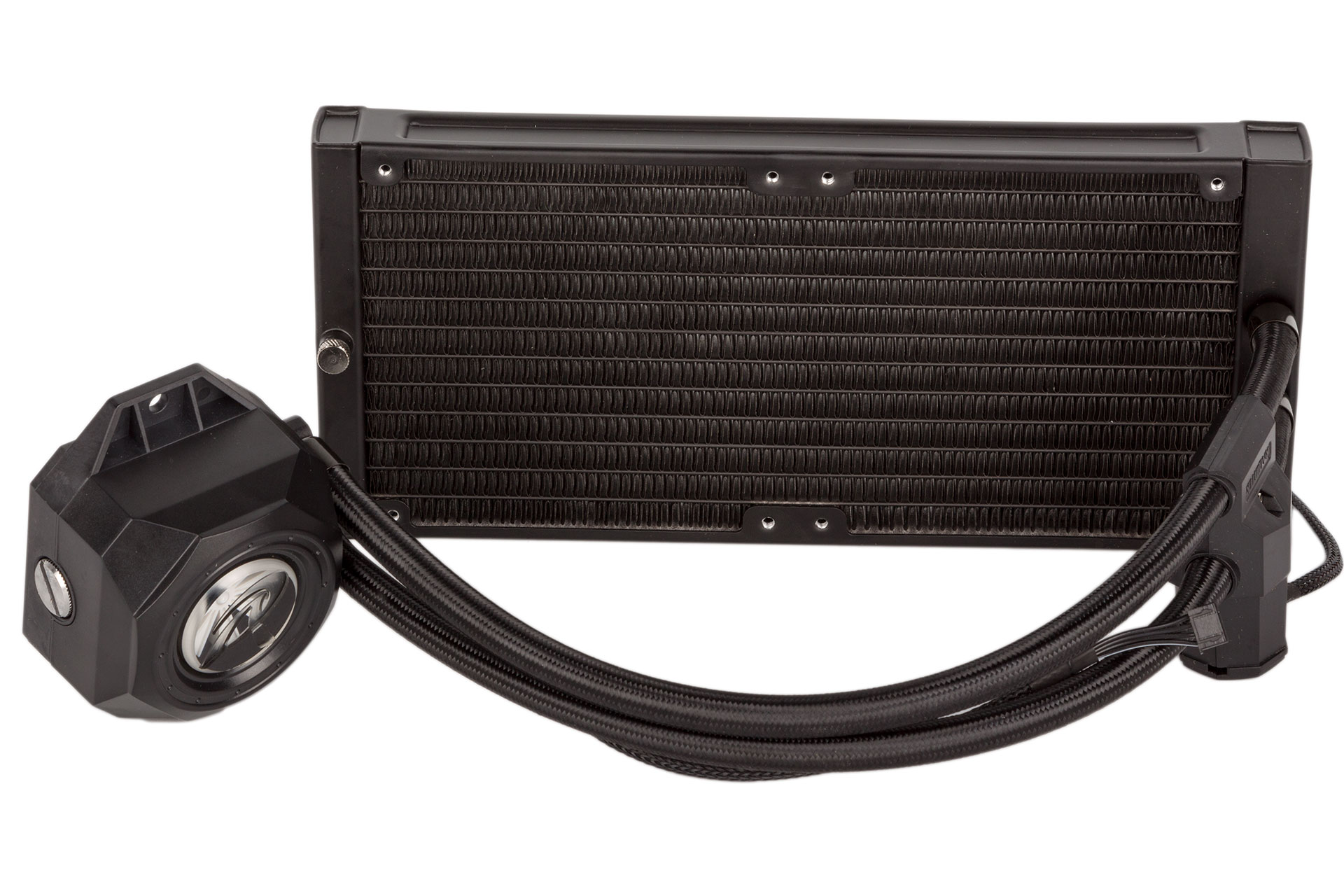
As the name indicates, this cooler is built around a 240mm radiator. It's a slimline aluminium model (27mm thick) with 12 channels semi-densely populated with cooling fins. Raijintek says the pipes are reinforced with Teflon as a means of reducing the evaporation rate. It even has a little bleed screw.
Moving to the tubes, we're a fan of their design. The thickness seems well-judged, and their flexibility is adequate. The outer Teflon mesh is aesthetically pleasing, we think, and again this is said to counter evaporation. The tubes are permanently fixed to the water block and radiator; this is not a cooler that can be expanded.
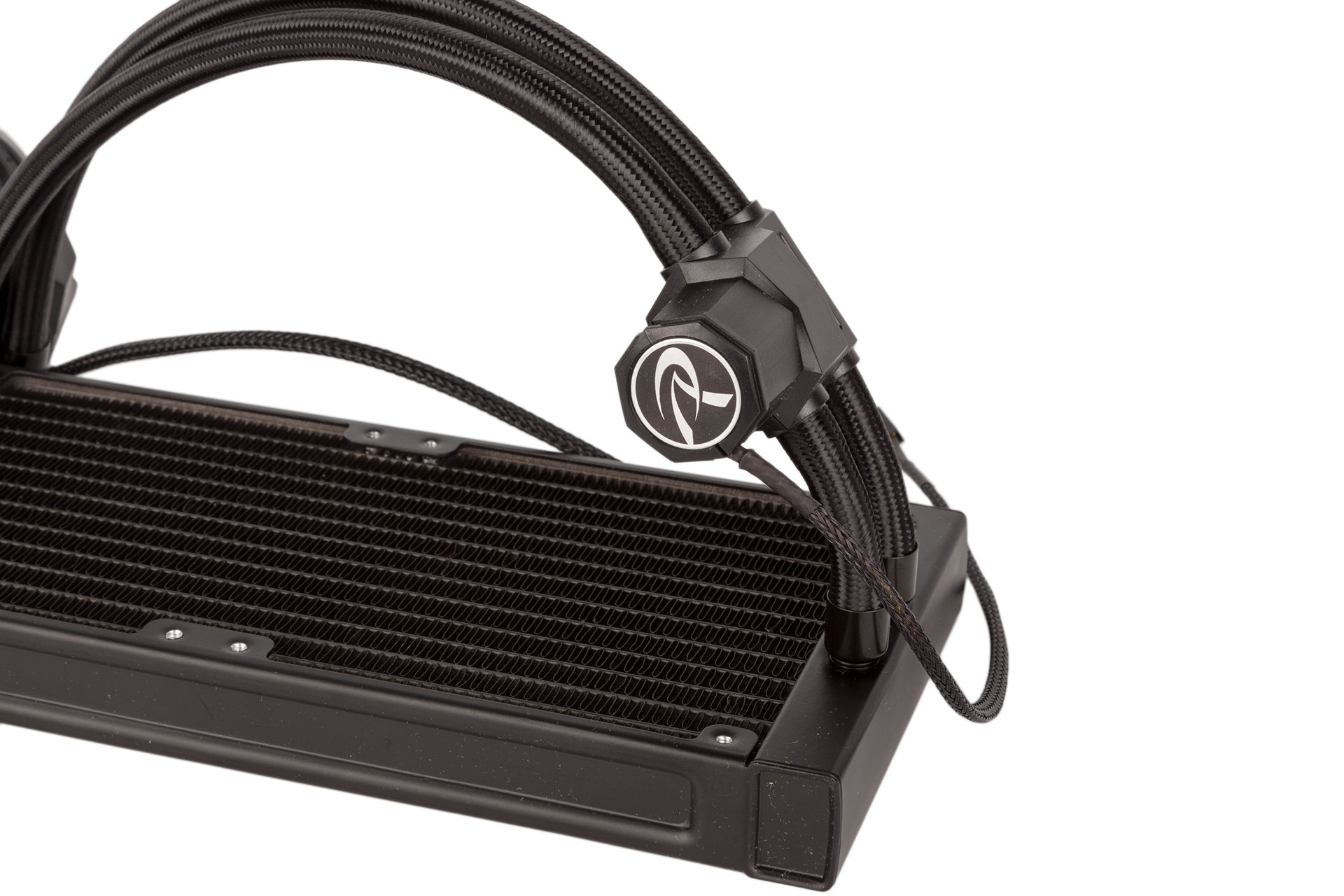
The 5,000 RPM pump has been moved from its usual location atop the water block to the top of the tubing near where it meets the radiator. Raijintek claims this prevents stress being placed on the CPU and motherboard as a consequence of vibrations, but we've never known this to be an actual problem, so it could just as easily be about avoiding Asetek lawsuits. Either way, it does look a little out of place, especially since it has to have a wire coming out of it, but once installed we didn't find it distracting. The three-pin connector cable is also nicely braided, which is a bonus.
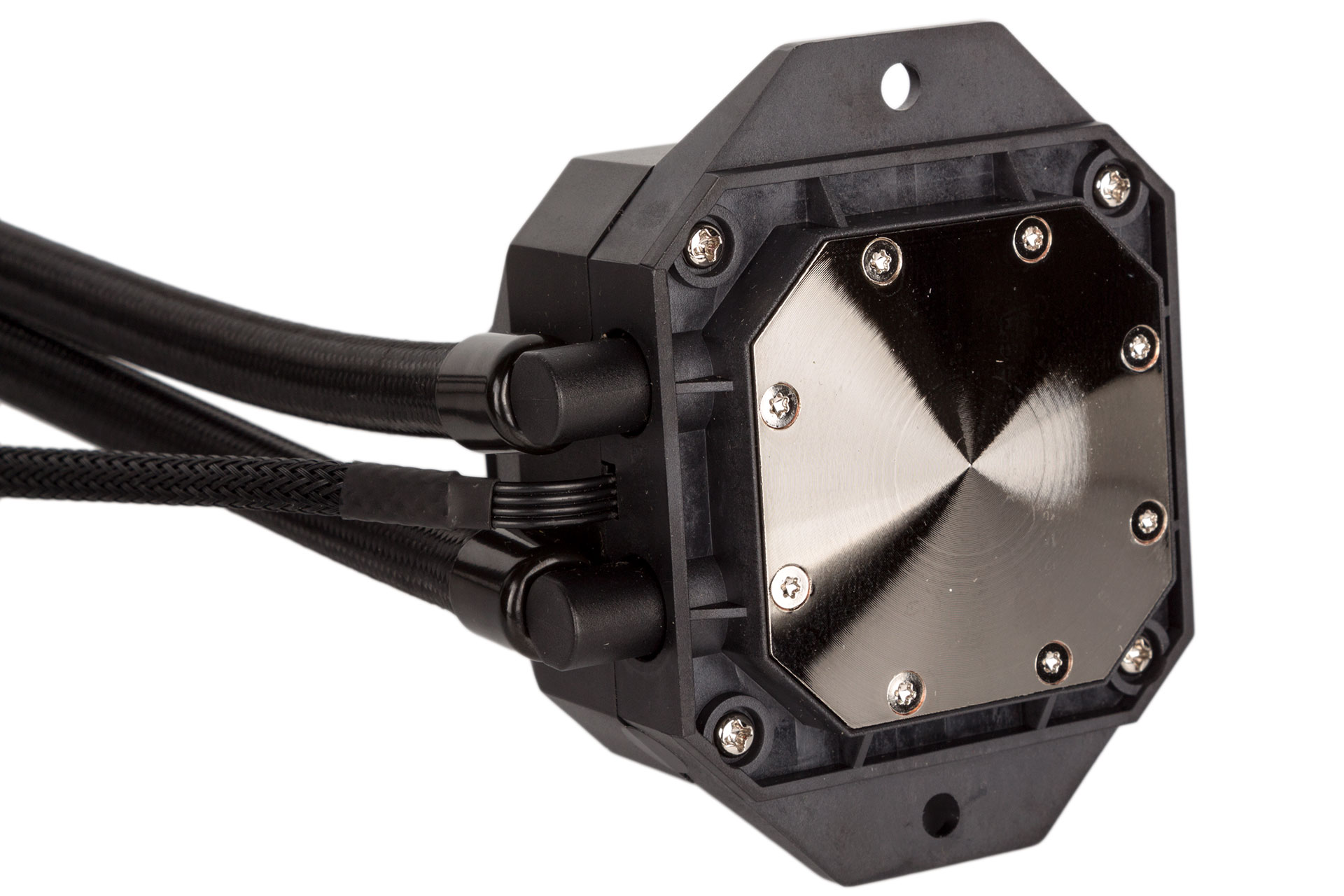
The base of the water block is made from copper that's nickel-plated, and it's large enough to comfortably cover Intel's LGA 20xx CPUs – note that Threadripper is not supported. The housing here is made of thick plastic that looks a bit dated and cheap, but we do like that the mounting holes are built in. This part of the cooler also has a window which should allow you to see if and when coolant levels are depleting, and it also lets you see the flow meter inside. This doesn't really add anything practically, but it is rather unique and cool to see, especially as it's illuminated by RGB LEDs – this is what the braided cable is for.
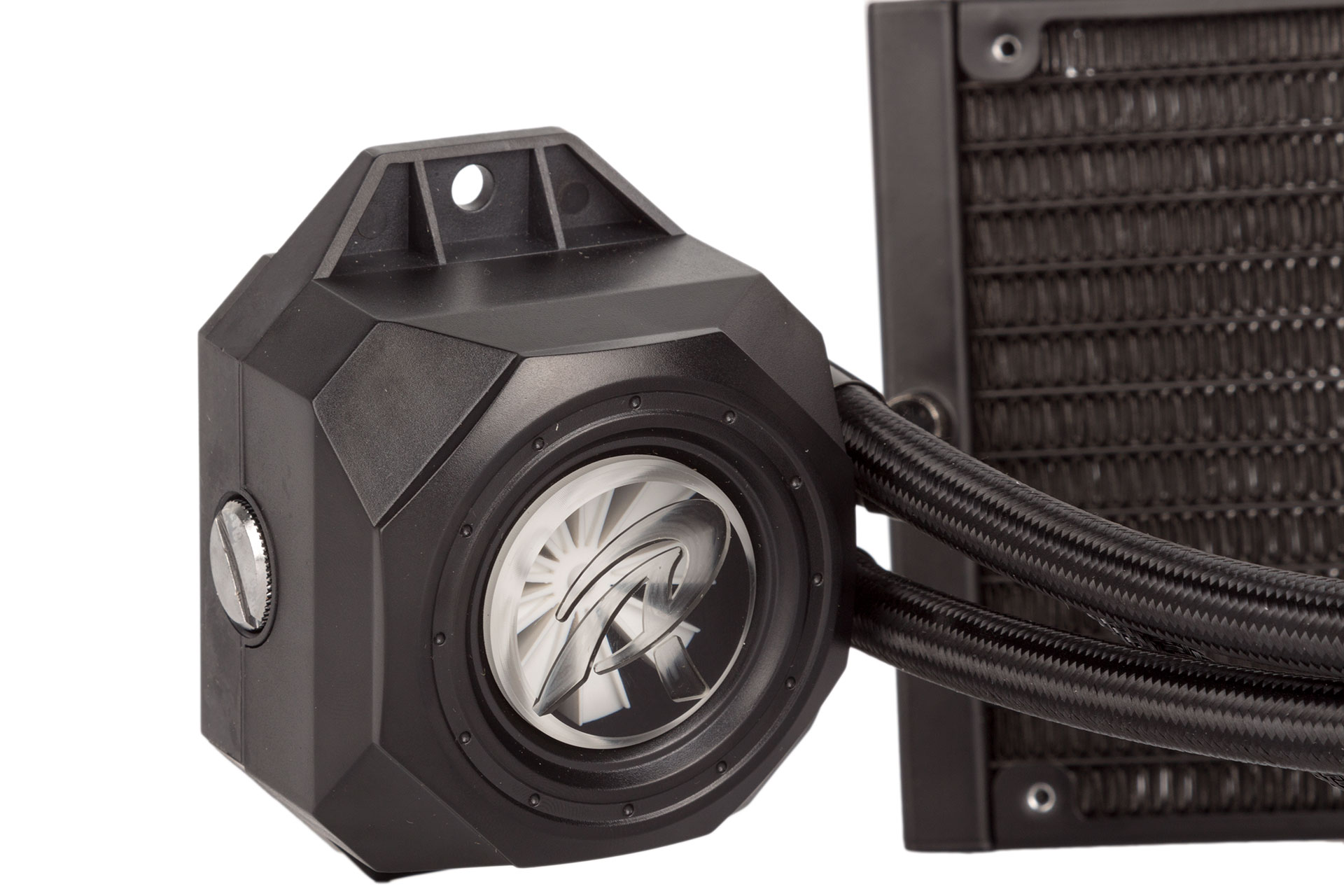
Even sealed-loop coolers can lose their effectiveness over time thanks to long-term evaporation. Raijintek's answer is to give the water block unit a fill port on one side, and 100ml of extra coolant is supplied in a plastic bottle with an easy-to-use pointy tip. Arguably, the fill port should have been on the top, as then you could refill without dismounting. The water block could be installed such that this port does indeed face up, but that's unlikely to be the preferred orientation for most.
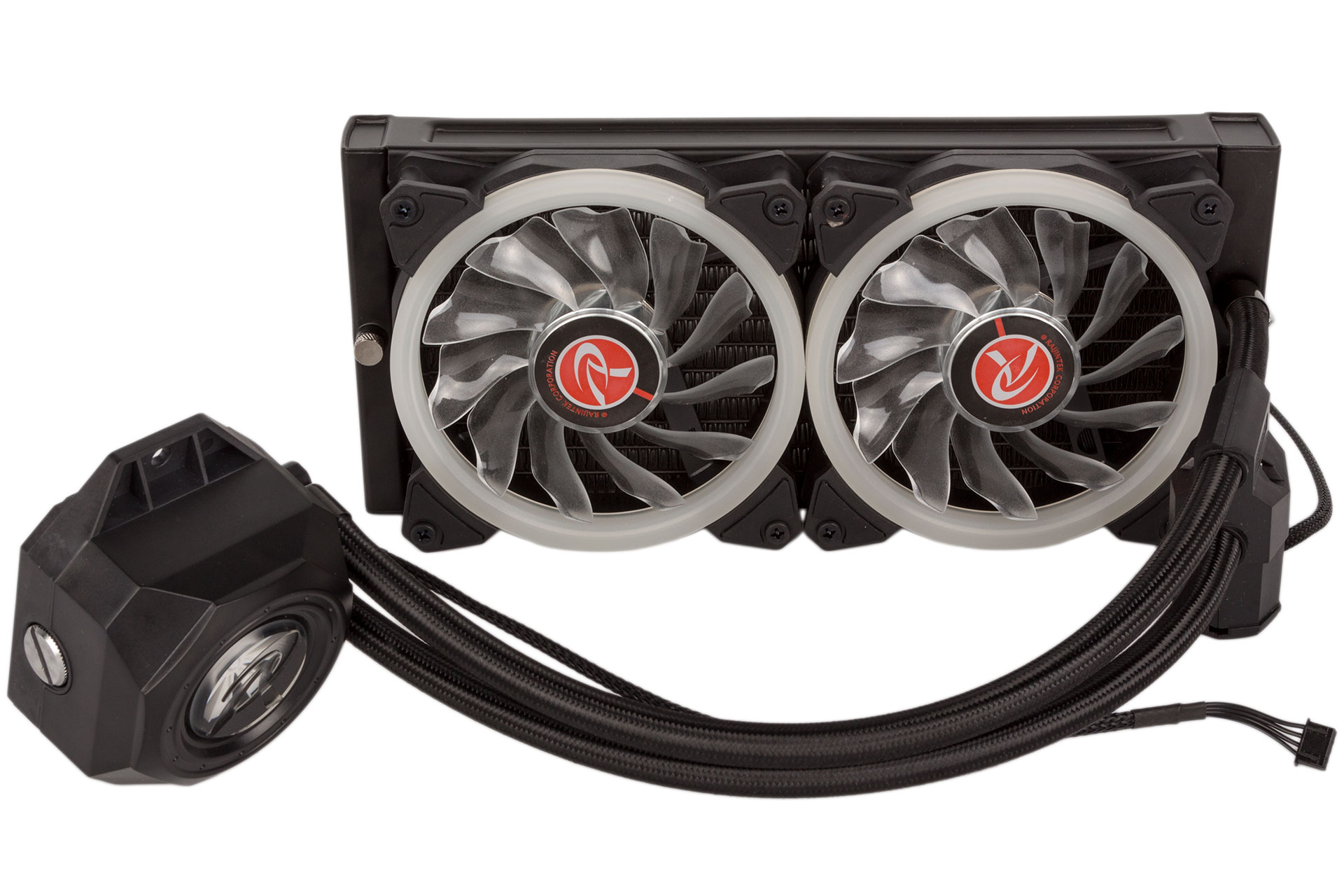
The two 120mm PWM fans have 11 transparent blades and an RGB-illuminated ring. The built-in rubberised corners are a nice touch too. As usual, separate cables are used for power/control and lighting; no splitter cable is provided, which is a shame.
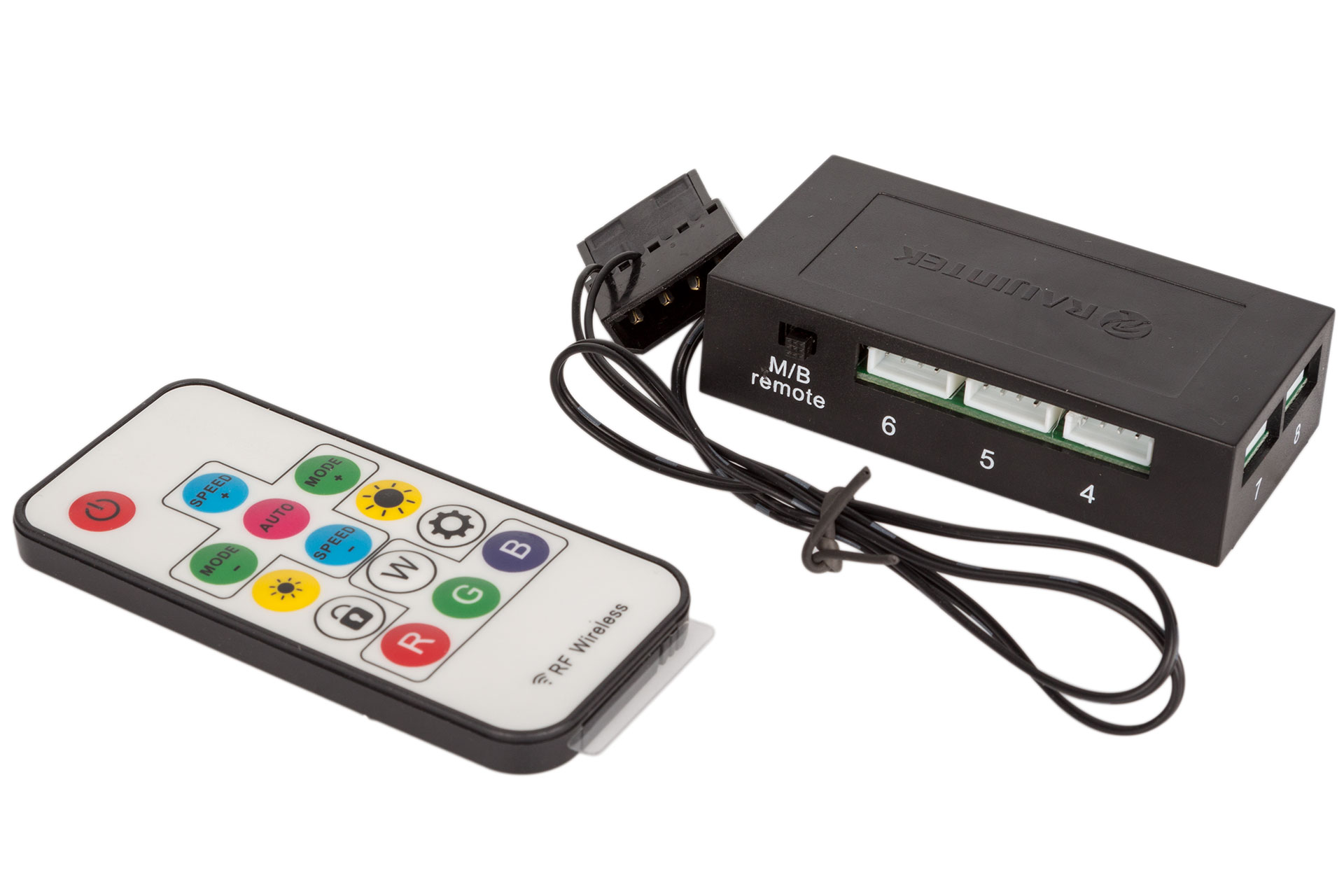
The RGB controller comes in a very cheap plastic housing with a sticky pad for mounting inside your case. Annoyingly, it uses a Molex connector rather than SATA. It has eight channels, three of which will be taken up by the cooler (pump and two fans), and these can be controlled either by your motherboard (the necessary cable is supplied) or by the bundled remote control, which gives you a variety of colours, modes, and speeds to work through.
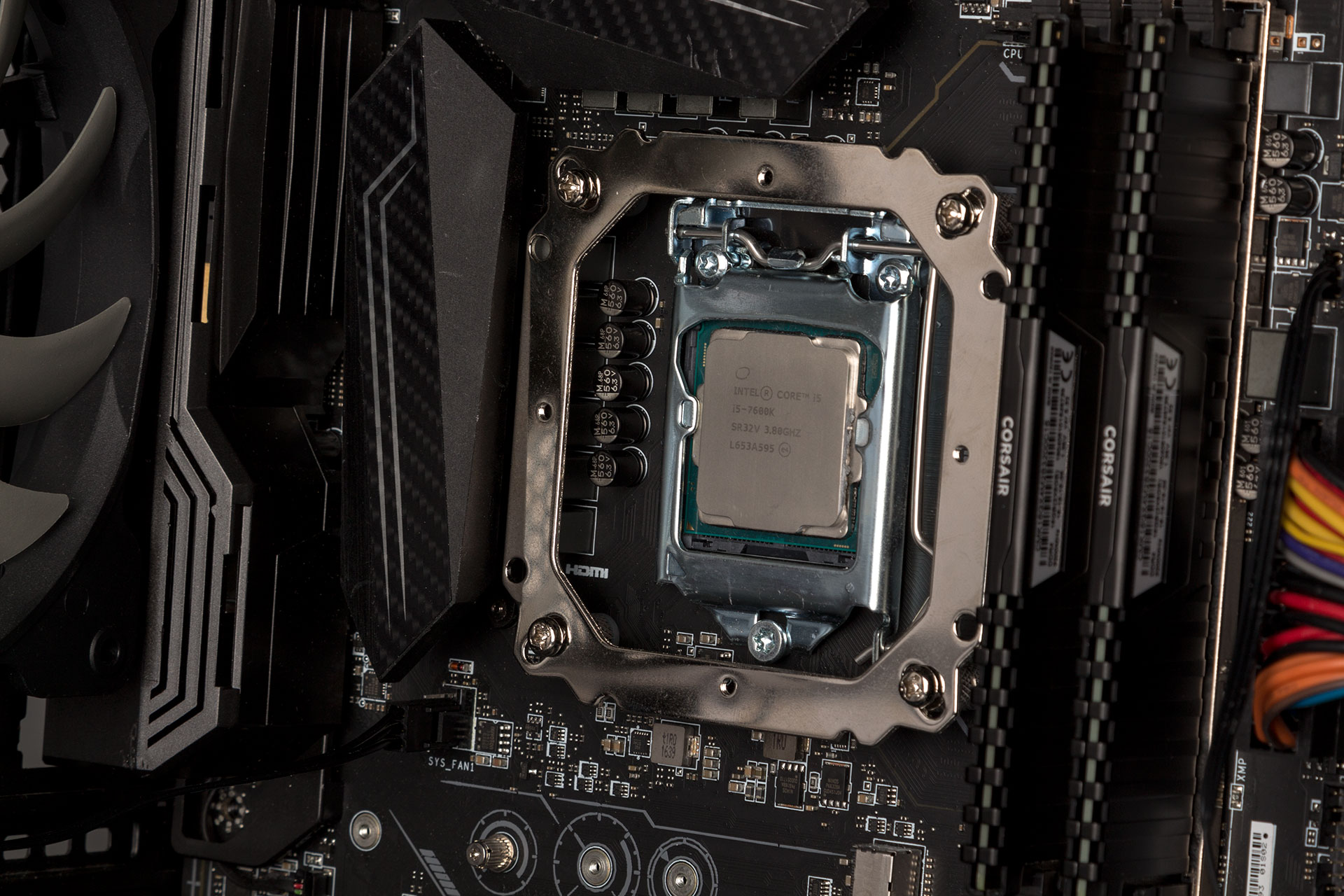
To mount the cooler, you first need to construct the mounting bracket. This is a little convoluted compared to recent Asetek-based designs, but most coolers are, and this one isn't complicated. For most sockets, the padded backplate aligns with the motherboard holes and you pass long screws through, securing them on the other side with double-sided nuts and washers. You then align the mounting plate itself and secure it with four screws, and it's into this plate that the water block is mounted with two more screws. While it's usually the easiest socket to work with, the Intel LGA 2066/2011 process is more complicated than it should be, but still it didn't take us more than a few minutes. The bundled thermal paste is very generic and comes in a simple sachet rather than the preferred tube applicator.
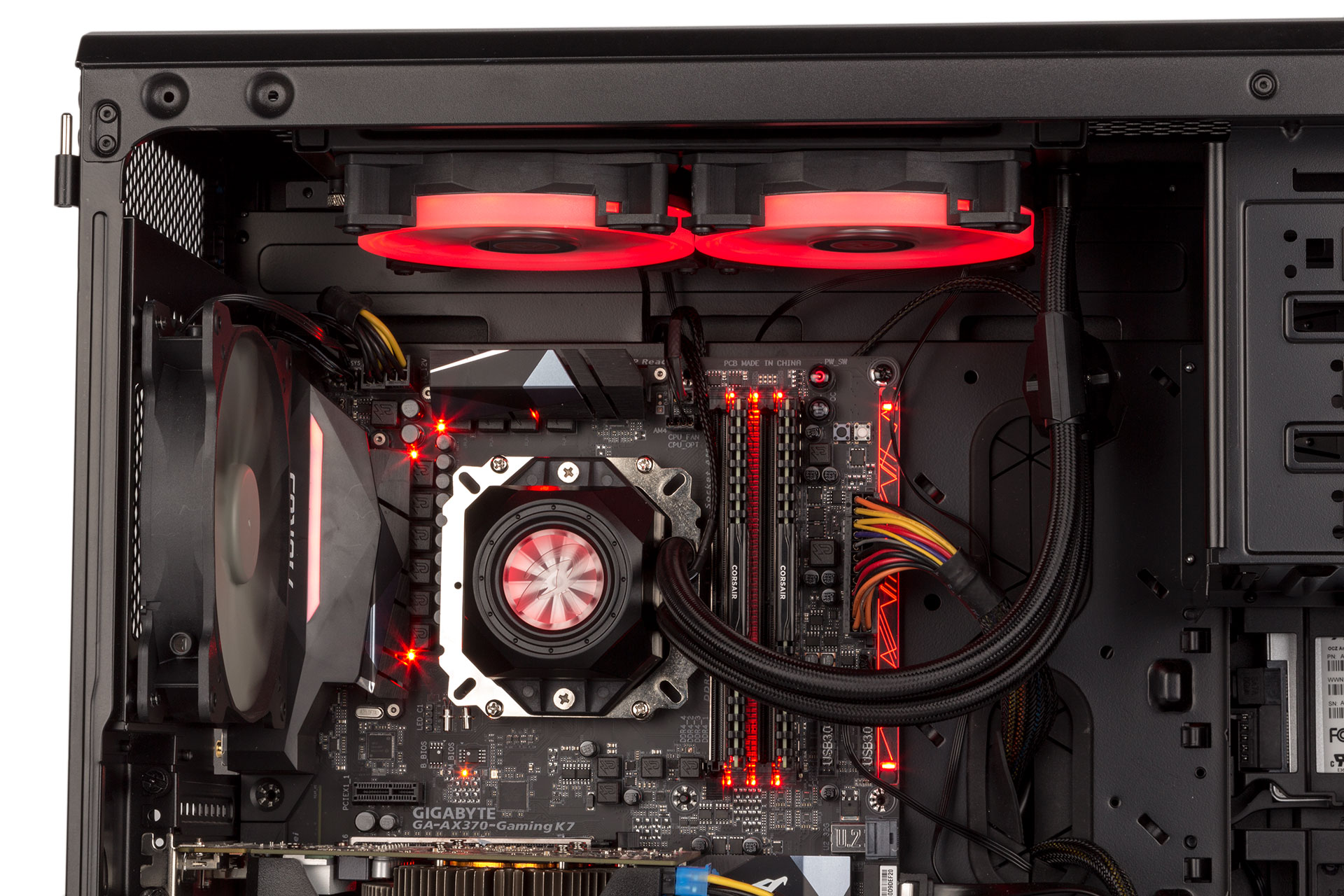
Specifications
- Compatibility Intel: LGA 20xx, LGA 115x, LGA 1366, LGA 775; AMD: Socket AM4, Sockets AM3(+)/AM2(+)/FM2(+)/FM1
- Radiator size 272 x 120 x 27 (W x D x H)
- Fan(s) 2 x RGB LED 120mm PWM, 800~1,800 RPM
- Fan size (mm) 25 x 25 x 120
- Stated noise 25 dB(A) max (pump); 23 dB(A) max (per fan)
- Extras Eight-channel RGB LED controller, RGB remote control, 1 x RGB motherboard cable, 100ml coolant refill

MSI MPG Velox 100R Chassis Review
October 14 2021 | 15:04

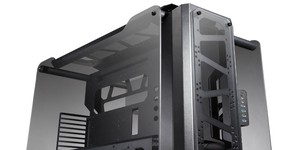
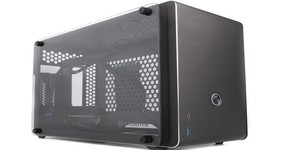
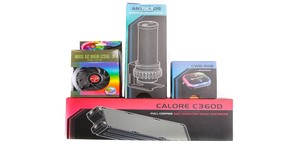




Want to comment? Please log in.